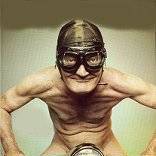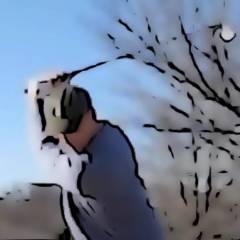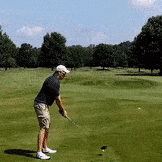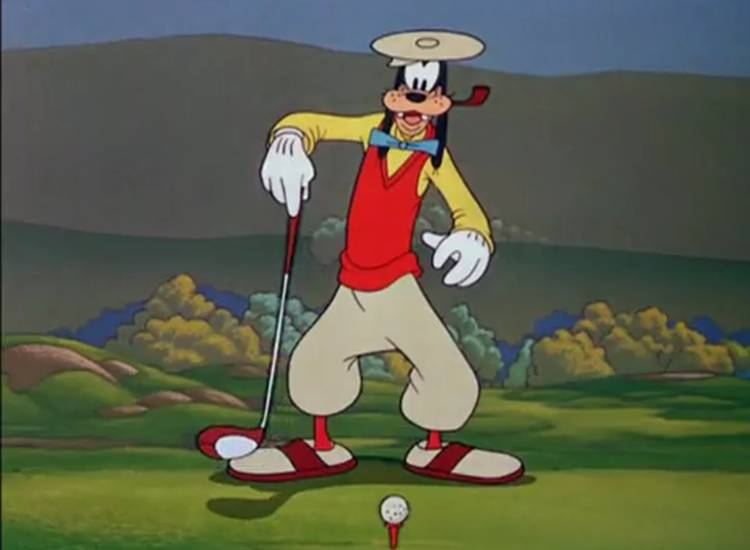Leaderboard
-
March 13 2022
March 12 2022
March 11 2022
March 10 2022
March 9 2022
Important Information
Welcome to TST! Signing up is free, and you'll see fewer ads and can talk with fellow golf enthusiasts! By using TST, you agree to our Terms of Use, our Privacy Policy, and our Guidelines.










